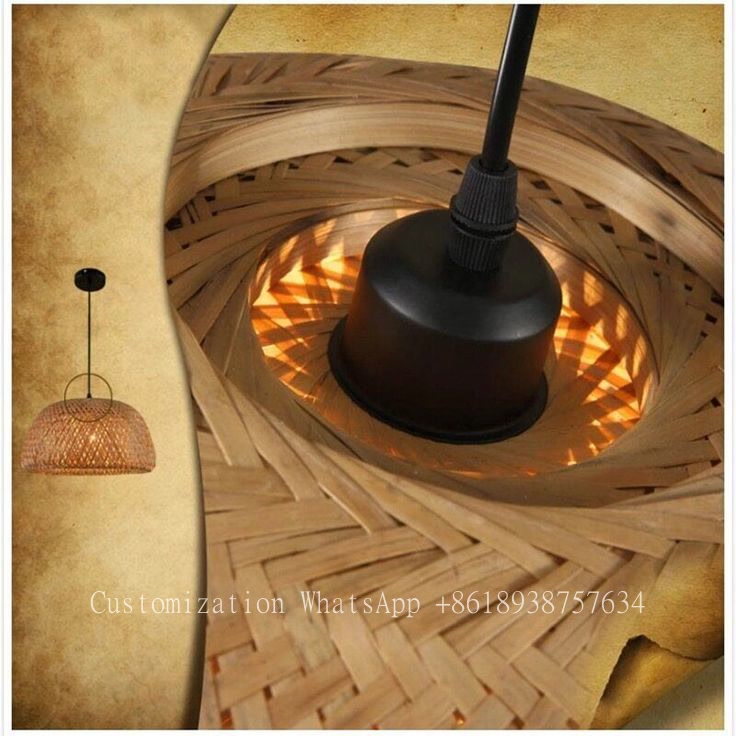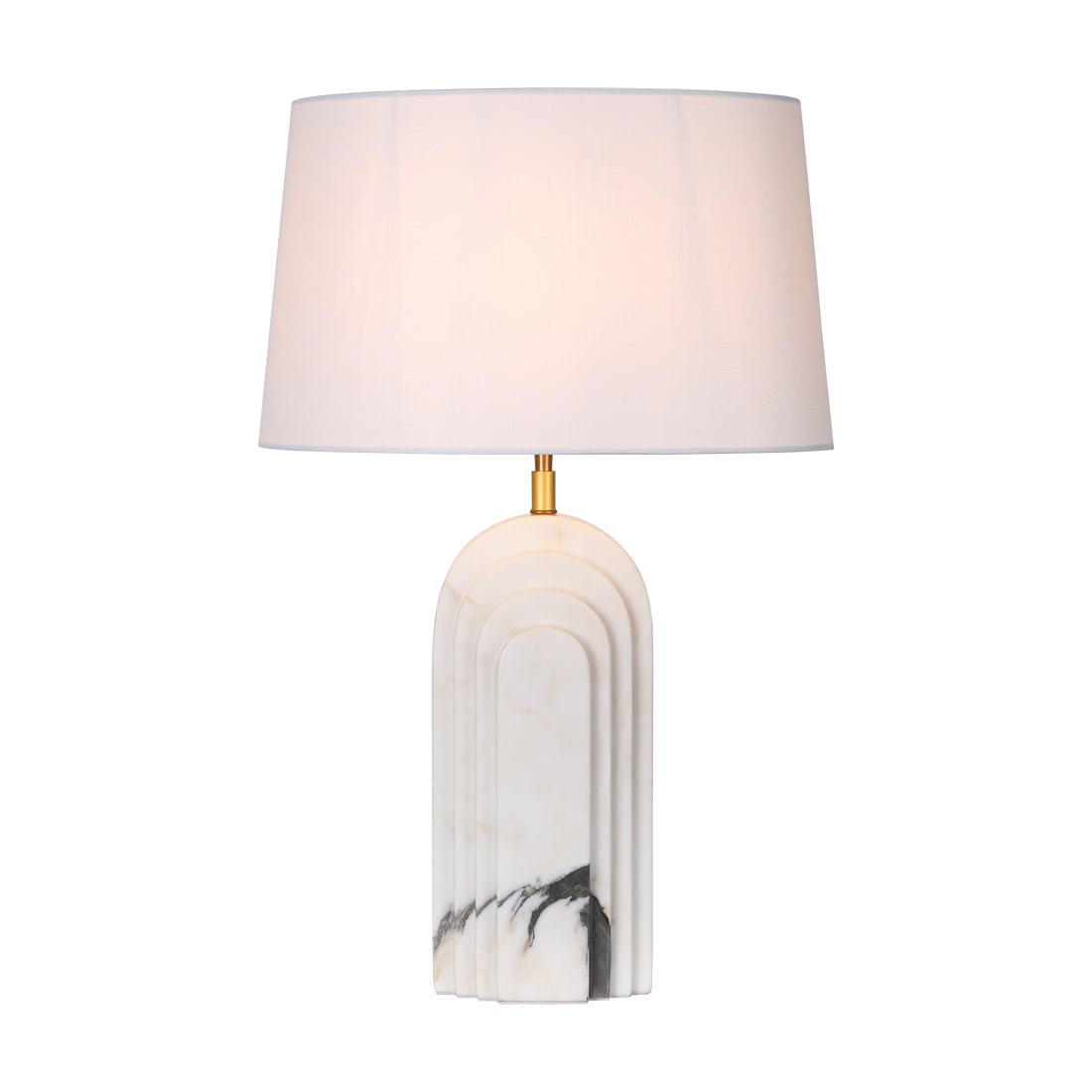Unearthing the Stories Behind Handcrafted Rattan Products
Unearthing the Stories Behind Handcrafted Rattan Products
In recent years, there has been an increasing desire among consumers for sustainable and eco-friendly products. Among these, handcrafted rattan products have gained significant attention, not only for their aesthetic value but also for the rich stories they carry. This article will delve into the fascinating stories behind handcrafted rattan products, exploring their cultural significance, craftsmanship, and the environmental aspects that make them unique.
The Cultural Significance of Rattan
Rattan is a versatile material derived from climbing palms, primarily found in tropical regions of Southeast Asia. Rattan products have been a part of local communities for centuries, deeply intertwined with cultural practices and traditions. For many artisans, weaving rattan is more than just a livelihood; it is a way of preserving their heritage.
| Country | Rattan Craftsmanship | Cultural Significance |
| Indonesia | Intricate weaving techniques | Symbol of community and tradition |
| Philippines | Modern designs with traditional methods | Reflection of cultural identity |
| Thailand | Blending functionality with artistry | Evolving craft through generations |
Artisans and Their Craft
The artisans who create handcrafted rattan products come from various backgrounds and experiences. Many of them learn the craft from their parents or grandparents, passing down skills and knowledge through generations. This tradition of mentorship not only enhances the quality of the products but also strengthens community bonds.
Each piece of rattan furniture or accessory tells a story—whether it's the choice of materials, the intricate patterns woven into the design, or the techniques used to finish the product. Artisans often share their inspiration, which may draw from nature, mythology, or everyday life.

Environmentally Friendly Choices
As consumers become more eco-conscious, the demand for sustainable products has surged. Rattan is a renewable resource that grows quickly and does not require harmful pesticides or fertilizers, making it an ideal material for environmentally friendly products. Artisanal rattan products contribute to reducing carbon footprints and promoting sustainable forestry practices. Additionally, the harvesting of rattan supports local economies, providing livelihoods for communities and encouraging the preservation of forests.
Challenges Faced by Rattan Artisans
Despite the beauty and sustainability of handcrafted rattan products, artisans face numerous challenges. Globalization and mass production have led to a surge in cheap alternatives that threaten the livelihood of traditional makers. Additionally, climate change poses risks to rattan cultivation, with changing weather patterns impacting the growth cycles of this precious plant.
To combat these challenges, organizations and initiatives have emerged to support the artisan community. By promoting fair trade principles and providing training programs, these efforts aim to help artisans enhance their skills and market their products to a broader audience.
How to Choose Handcrafted Rattan Products
When purchasing handcrafted rattan products, consider the following tips:
- Research the Artisan: Understanding who made the product and their story can enhance your appreciation of the item.
- Check for Certification: Look for products that are certified as eco-friendly and sustainably sourced.
- Support Fair Trade: Choose brands that adhere to fair trade practices, ensuring artisans are paid fairly for their work.
Where to Find Handcrafted Rattan Products
Handcrafted rattan products can often be found at local craft markets, online platforms dedicated to artisanal goods, and eco-friendly Home decor stores. Additionally, exploring local fairs and cultural festivals may lead to discovering unique pieces while supporting local artisans.
The Future of Handcrafted Rattan Products
The future of handcrafted rattan products looks promising as awareness of sustainability increases. More consumers are seeking unique, eco-conscious products that tell a story, which aligns perfectly with the nature of handcrafted rattan items. As a result, artisans are inspired to innovate while maintaining their traditional craftsmanship, blending modern design with age-old techniques.
Collaboration between artisans and designers from different fields opens new avenues for creativity, giving rise to exciting new products that appeal to a global audience. This fusion of tradition and modernity ensures that the stories behind these handcrafted rattan products continue to be celebrated and shared.
Conclusion
Handcrafted rattan products represent more than mere furniture; they embody the rich stories, culture, and dedication of the artisans who create them. By choosing these sustainable products, consumers not only support the artisans’ livelihoods but also contribute to the preservation of cultural heritage and the environment. As we move forward, let’s continue to celebrate and share the stories behind handcrafted rattan products, ensuring that these treasures remain a vital part of our lives.
In summary, when opting for handcrafted rattan items, remember the significance they hold. From their environmental benefits to the skilled hands that craft them, every piece you choose is not just a purchase but a story worth telling.
